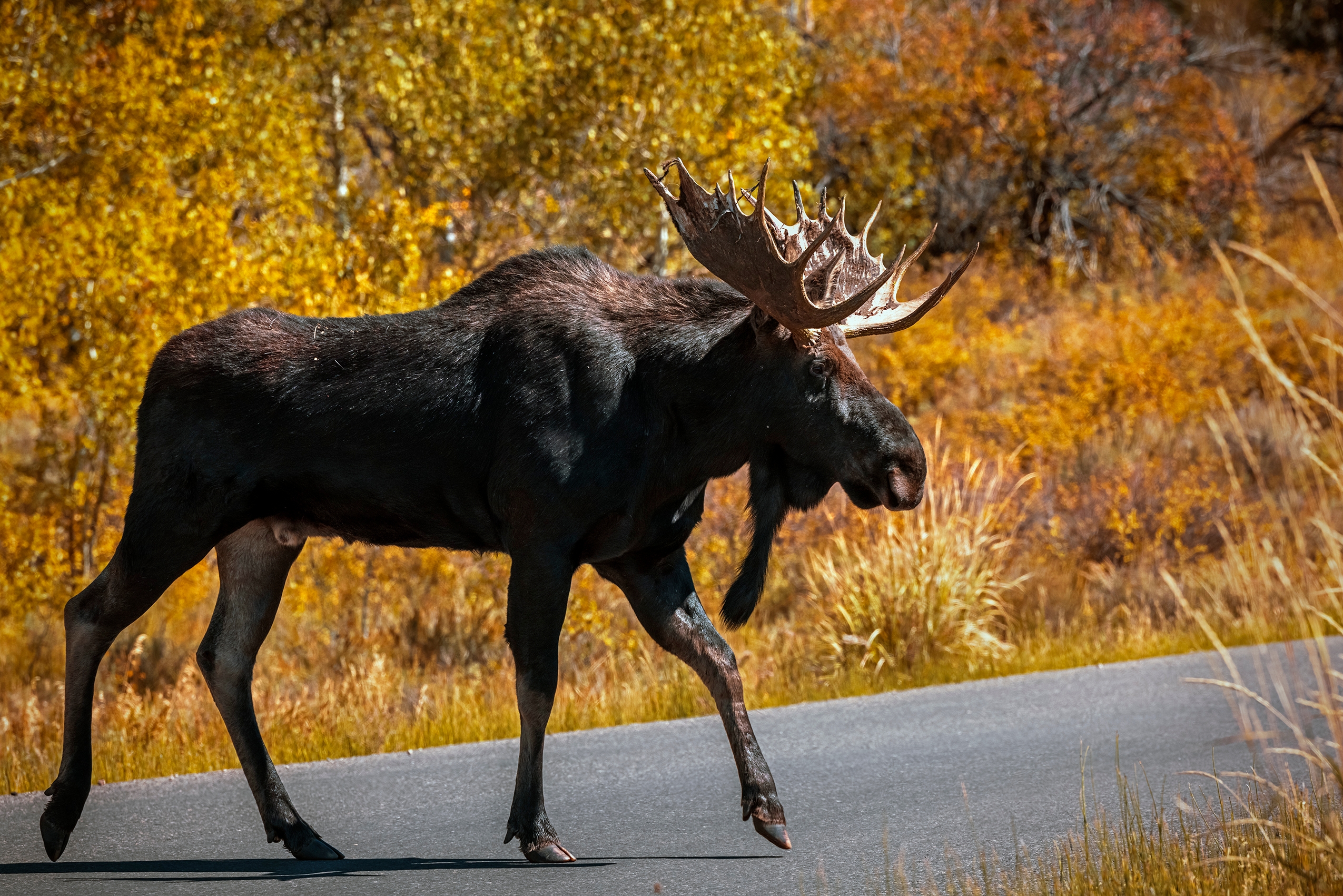A coalition of federal and state officials worked with tribal leaders to save the Apache trout. Though, the fish will likely remain reliant on conservation efforts to survive.
After decades as a federally recognized endangered species, Arizona’s state fish now has a “brighter and more sustainable future.” That’s from a U.S. Fish and Wildlife Service press release, which has recommended delisting the Apache trout from the Endangered Species Act (ESA). The fish was one of the first species to gain federal protection when the act was passed in 1973.
Since then, the fish has received a half-century of conservation efforts from the White Mountain Apache Tribe, as well as help from state, federal, and non-profit organizations. After a 5-year review, federal officials say they’ve met their long-term goal: 30 genetically pure populations of Apache trout.
That means it’s time to remove it from the ESA, they said. The proposal comes with a 60-day public comment period that will likely begin later this year.
“We’ve been working on this for a lot of years, and the tribe even longer than we have,” said Steve Reiter, former council chairman for nonprofit Arizona Trout Unlimited. “It couldn’t have been done by just U.S. Fish and Wildlife, or just the tribe. But it all started with the tribe, who recognized that these fish were special.”
However, taking the fish off the endangered species list doesn’t mean conservation efforts end. In fact, the Apache trout should be considered a “conservation-reliant species,” said Zach Beard, the Native Trout and Chub Coordinator for the Arizona Game and Fish Department.
“They’re probably never going to be able to sustain themselves without help,” Beard said.

A Team Effort to Restore Fish Habitat
The Apache trout comeback mirrors a very similar success story in Colorado. Officials long believed that the state fish of Colorado, the greenback cutthroat trout, had gone extinct.
When wildlife officials discovered a small population in 2012, they spent 10 years nurturing it. Those efforts paid off, and the state’s wildlife agency announced a major breakthrough last week.
Like the greenback, the Apache trout required a huge effort to restore. Conservation actions included non-native trout removal, fish barrier construction, and Apache trout reintroductions to Arizona streams.
It all started with the White Mountain Apache Tribe, which played a critical role in saving the trout. The tribe closed Apache trout fishing on tribal lands back in 1955 — taking steps to preserve the fish nearly 20 years before the Endangered Species Act. (Tribal representatives did not return calls by press time.)
Eventually, federal and state wildlife officials joined the tribe’s efforts. The coalition spent decades removing non-native trout species from Arizona rivers to prevent interbreeding with rainbow and cutthroat trout. As well, they removed the non-native brook and brown trout species, which feed on Apache trout.
Wildlife officials also built barriers to prevent the non-native fish species from coming back. Recently, conversation efforts got a $2 million boost from the National Fish Passage Program. With that money — and many non-native trout already gone — wildlife officials can now remove some of those barriers.
That will open 52 stream miles of trout habitat for new populations, U.S. Fish and Wildlife said.

Even Without ESA, Conservation Will Continue











